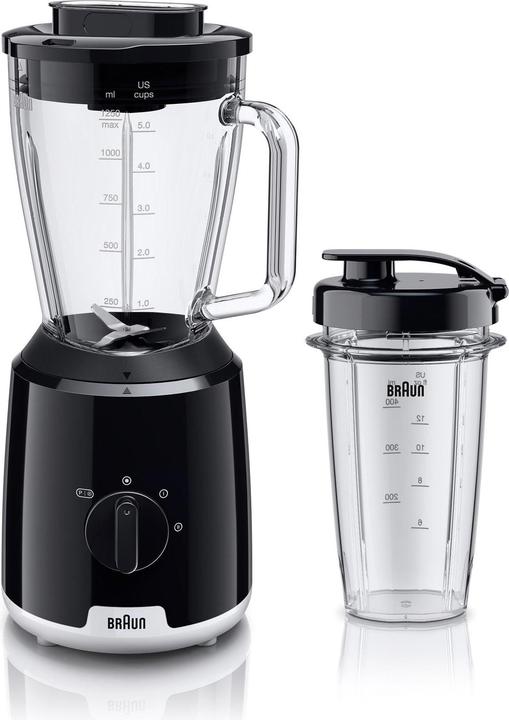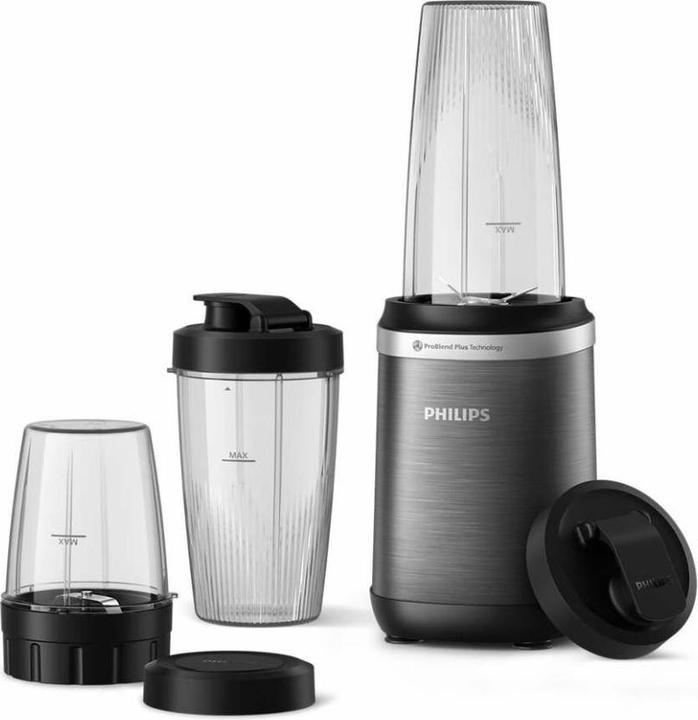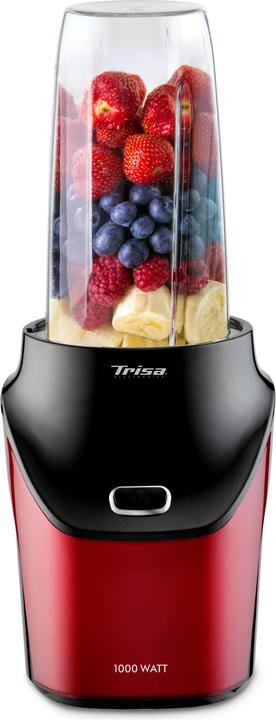
Too Many Blenders? Here's How to Choose the Right One
Discover five key factors to consider when selecting the perfect blender for your needs.
Last updated 2 weeks ago. Automatically generated content.


Select options and limit the number of products
Power in blenders determines the motor's capability to blend ingredients smoothly and efficiently. Higher power ensures better performance, especially for hard or frozen items, impacting the overall blending experience and outcome.
Popular options
501 - 900 W
Typical price
61,– to 110,–Offers moderate power for blending tougher ingredients like nuts and ice.
Ideal for those who need versatility and efficiency in their kitchen, balancing power with energy consumption.
Bestseller
901 - 1500 W
Typical price
80,– to 270,–Provides high power for professional-grade performance, capable of handling dense and hard items.
Recommended for users seeking high-speed blending and fine textures, perfect for making nut butters and crushing ice in seconds.
Bestseller
Blender functions refer to the various capabilities and settings a blender offers, determining its versatility and performance for different tasks. Selecting the right functions enables users to efficiently prepare a wide range of recipes, enhancing their culinary experience.
Popular options (you can select more than one)
Smoothie
Typical price
51,– to 160,–Designed to blend fruits and vegetables into a smooth, drinkable consistency.
Ideal for creating healthy beverages quickly, perfect for busy lifestyles and fitness enthusiasts.
Bestseller
Soup preparation
Typical price
68,– to 270,–Equipped to handle hot and cold ingredients for seamless soup making.
Allows for easy preparation of homemade soups, enhancing flavor control and nutritional value.
Bestseller
Crushed ice
Typical price
61,– to 190,–Capable of breaking down ice into fine pieces, suitable for cocktails and cold drinks.
Enhances the texture and appeal of beverages, providing a refreshing experience.
Bestseller
Safety system
Typical price
54,– to 200,–Incorporates features to prevent accidental operation and ensure user safety.
Reduces risk of injury, making it suitable for households with children or shared environments.
Bestseller
Vacuum mixing technology
Typical price
51,– to 190,–Uses vacuum to minimize oxidation during blending, preserving nutrients and color.
Produces fresher, longer-lasting juices and smoothies, ideal for health-conscious individuals.
Bestseller
Container material refers to the type of material used for the blender's jar, influencing durability, safety, and ease of cleaning. Choosing the right container material is essential for ensuring long-term use, safety in food preparation, and convenience based on individual priorities.
Popular options (you can select more than one)
Glass
Typical price
61,– to 130,–Heavy and sturdy, glass containers resist scratches and do not absorb odors or stains.
Recommended for those prioritizing transparency and hygiene, offering a clean and safe blending experience.
Bestseller
Metal
Typical price
72,– to 230,–Metal containers are durable and resistant to breakage, often featuring a sleek design.
Ideal for users seeking robustness and longevity, especially in busy kitchen environments.
Bestseller
BPA-free plastic
Typical price
51,– to 200,–Lightweight and shatter-resistant, BPA-free plastic containers offer easy handling and portability.
Perfect for individuals who prefer a lighter option, ensuring safety without compromising durability.
Bestseller
Volume refers to the capacity of a blender's jar, affecting how much you can prepare in one go. Choosing the right volume depends on your needs, from single servings to family-sized batches.
Popular options
1001 - 1500 ml
Typical price
54,– to 160,–Medium capacity accommodates larger portions without taking up too much space.
Great for preparing multiple servings, suitable for small families or meal prep enthusiasts.
Bestseller
1501 - 2000 ml
Typical price
85,– to 230,–Large capacity designed for big batches and entertaining guests.
Perfect for large families or those who frequently host, allowing efficient preparation of large quantities.
Bestseller
The brand factor in blenders is crucial as it determines the appliance's reliability, functionality, and innovation. Leading brands like NutriBullet, Ninja, and Philips offer diverse features, from compact designs to high-performance motors, catering to various blending needs.







